However, this ban does not apply to some member states of the Eurasian Economic Union (Armenia, Belarus, Kazakhstan and Kyrgyzstan) or South Ossetia and Abkhazia. In addition, rice can still be shipped abroad for humanitarian aid, or transited through Russian territory.
In fact, Russia's rice export ban has been in effect since July 1, 2022, and will last until December 31, 2022. On July 30, the Russian government continued to extend the rice export ban until the end of this year. The Russian government 's rice export ban is aimed at protecting the domestic market after the Fedorovsky hydroelectric complex in the Krasnodar region - Russia's largest granary, supplying about 70% of Russia's total rice production - had an accident in April 2022. This incident caused Russia's rice production in 2022 to drop to 797.6 thousand tons compared to the 1.076 million tons recorded in 2021. This is also the first time Russia has recorded rice production below 1 million tons in recent years.
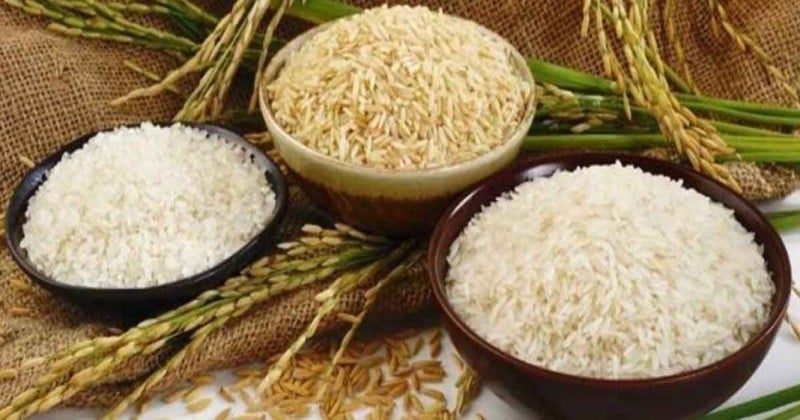 |
The collapse of the Fedorovsky hydroelectric dam complex, which occurred just before farmers were due to sow their crops, has caused severe water shortages in four major rice-growing regions in the Krasnodar region. Russian Agriculture Minister Dmitry Patrushev said the agency plans to increase rice cultivation in other regions of Russia to meet domestic demand.
In particular, the Republic of Dagestan, the second largest rice producer in Russia, announced its readiness to increase rice cultivation to compensate for the Krasnodar granary. Speaking at a conference in Moscow on July 20, Mr. Roman Nekrasov, Director of the Crop Production Department of the Russian Ministry of Agriculture, said that rice productivity in 2023 in Russia will be lower than last year due to the impact of the Fedorovsky Dam collapse. Specifically, according to the Russian Ministry of Agriculture, the amount of rice harvested in 2023 is estimated at about 1 million tons, a decrease of 100,000 - 200,000 tons compared to previous years.
According to Rossiyskaya Gazeta, Russians are also worried about the amount of rice in the country as the government continues to extend the ban on rice exports. Vladimir Petrichenko, General Director of the Prozerno Analytical Center, said that the total cultivated area this year has recovered, as well as the weather conditions in the southern region this year are extremely favorable. The expected harvest of 1.06 million tons of rice is enough for domestic consumption and even for export.
According to the Russian Institute for Agricultural Market Research (IKAR), the area of rice sown in 2023 will reach 189,000 hectares, an increase of 15,000 hectares compared to 174,000 hectares last year, despite serious problems with the Fedorovsky hydropower complex. In addition, Mr. Petrichenko also added that rice prices in Russia may even decrease slightly as the country is entering a new crop season. This is completely contrary to the general trend of the world market when rice prices everywhere are constantly increasing day by day.
In late June, Interfax news agency quoted Irina Glazunova, deputy general director of IKAR, as saying that despite the decline in rice production, reserves of this grain were still quite adequate and Russians did not need to worry too much about food security. According to the agency's report, Russians' demand for rice as of June was 650,000 tons/year while the supply at that time was still around 796,000 tons/year.
Source link






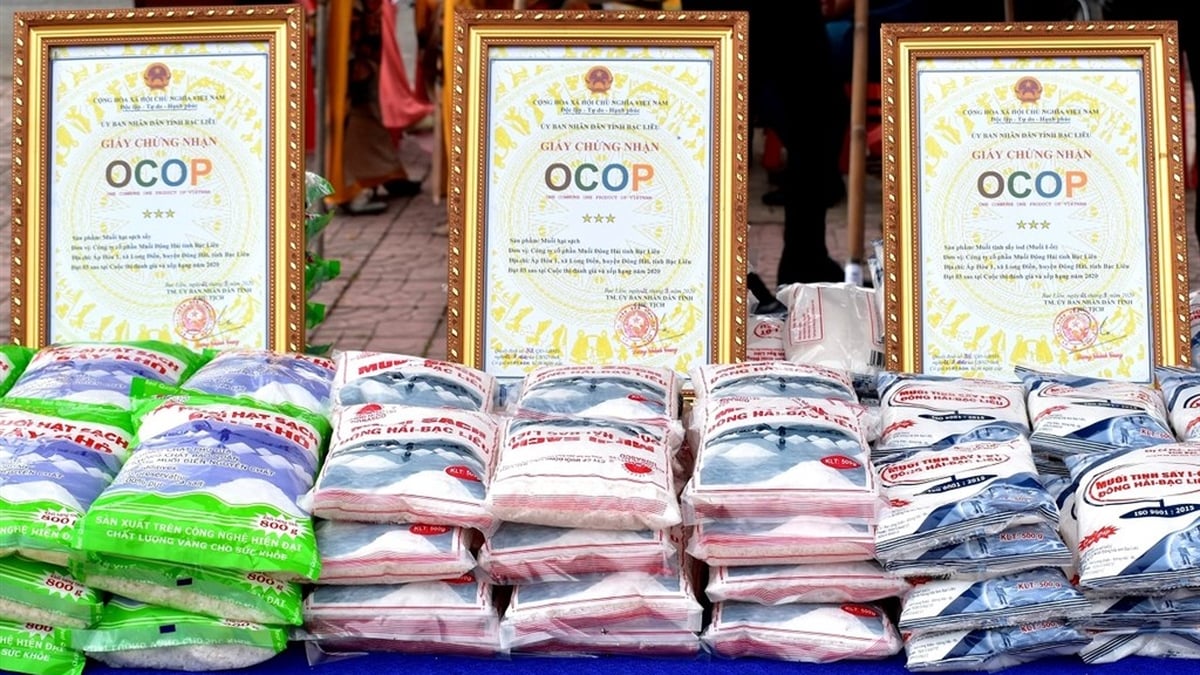





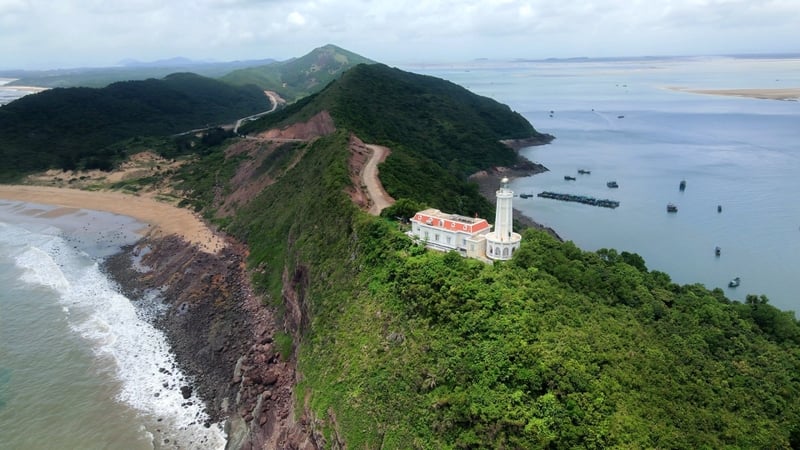
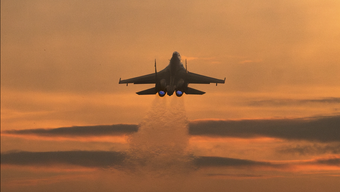



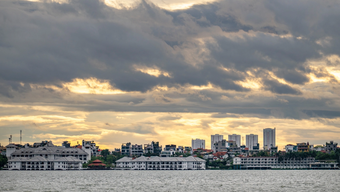


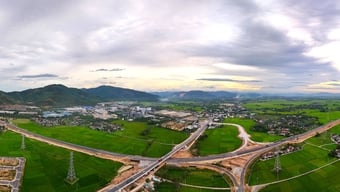




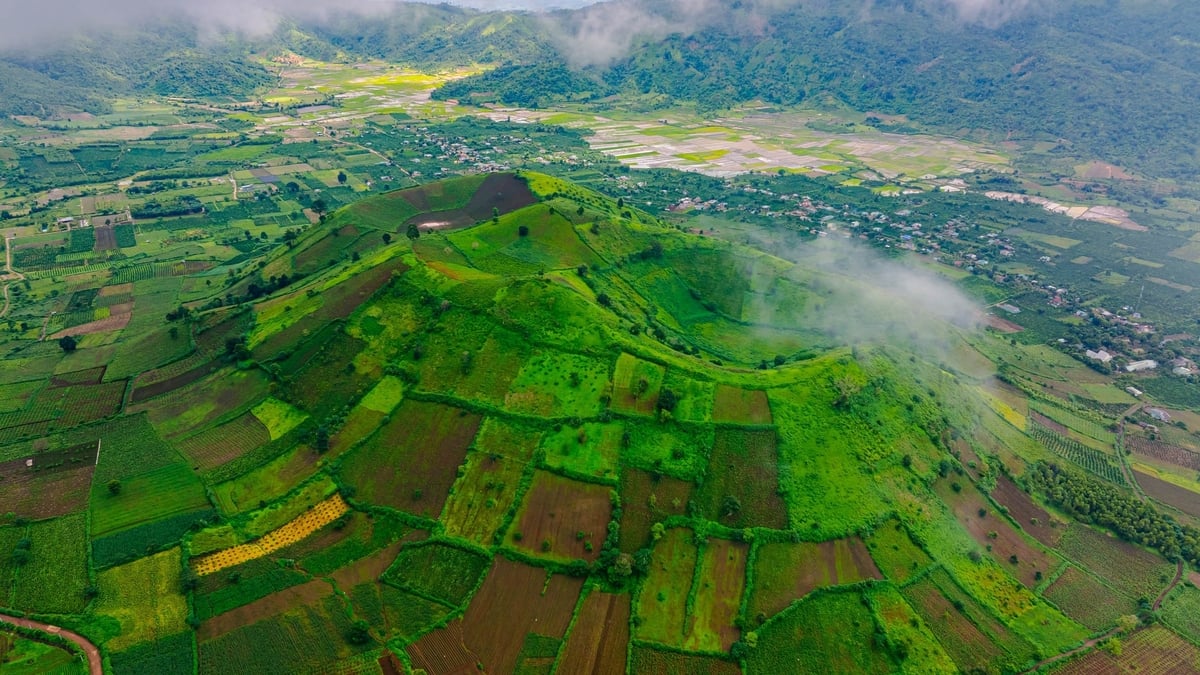
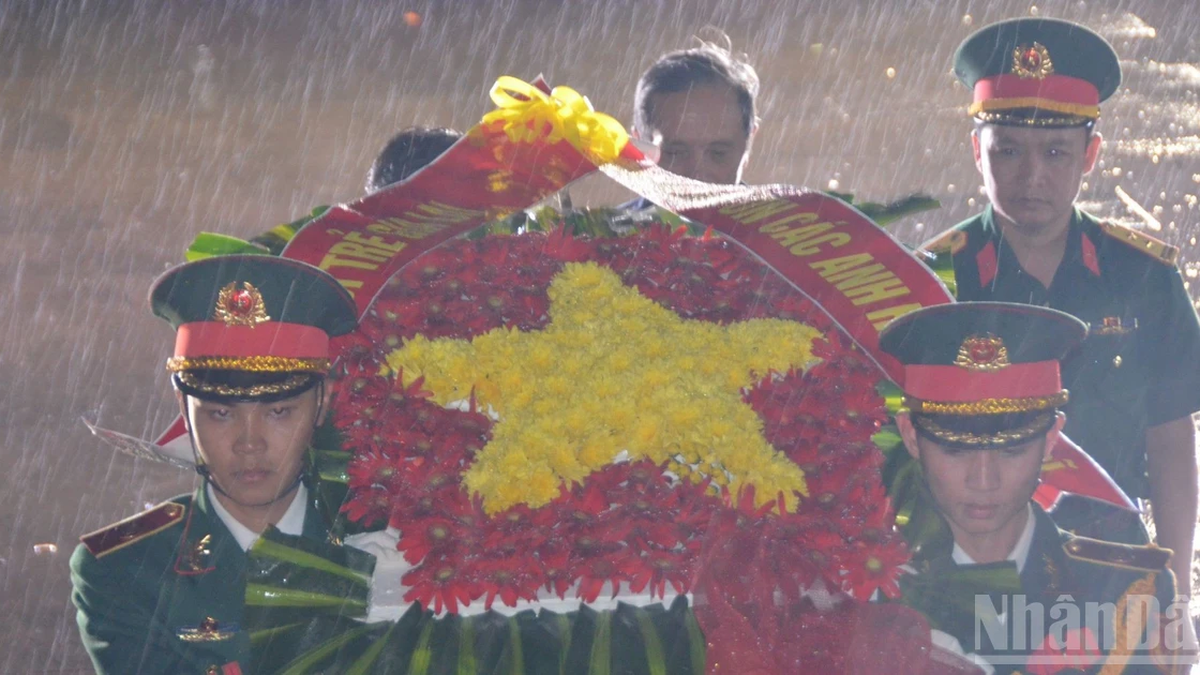
![[Photo] National Assembly Chairman attends the seminar "Building and operating an international financial center and recommendations for Vietnam"](https://vphoto.vietnam.vn/thumb/1200x675/vietnam/resource/IMAGE/2025/7/28/76393436936e457db31ec84433289f72)



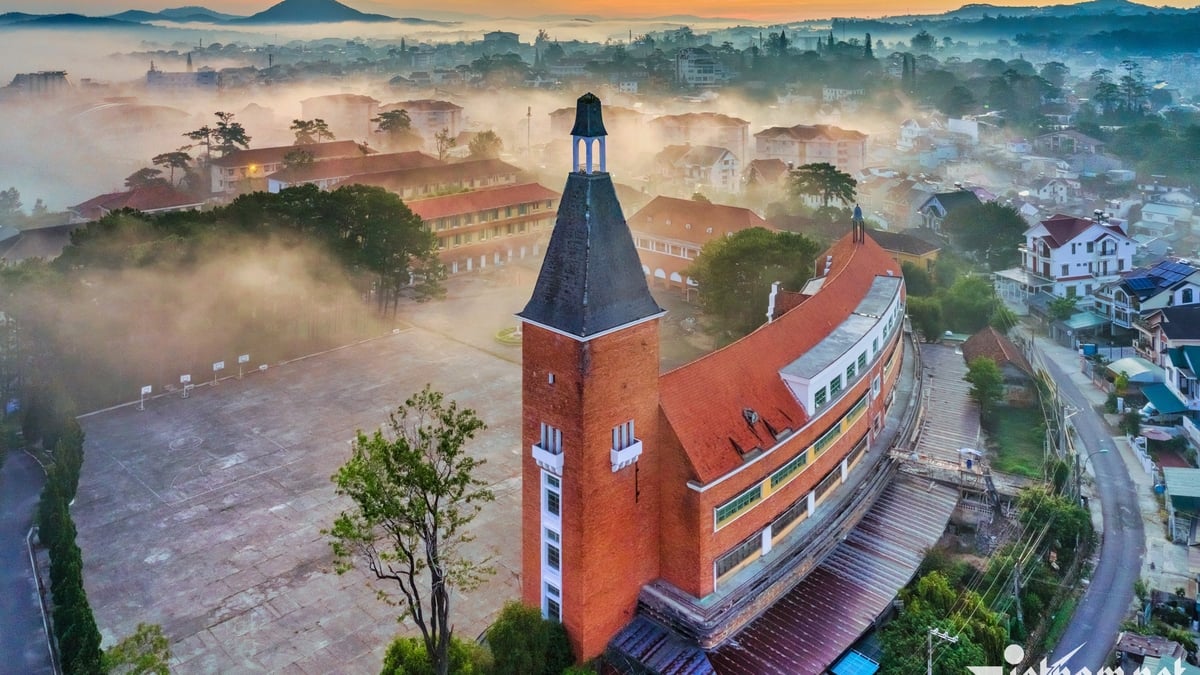




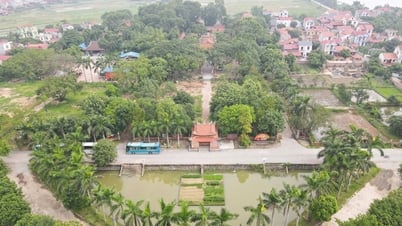















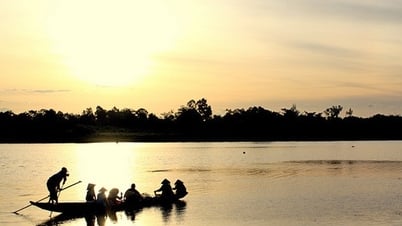















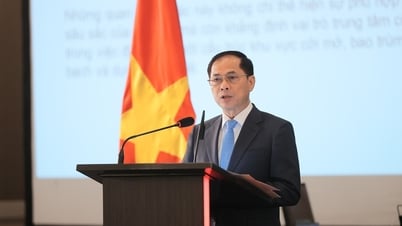
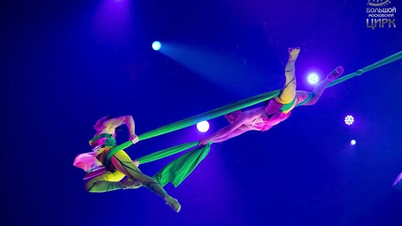
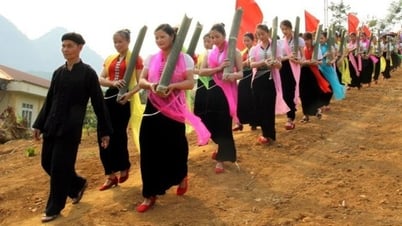







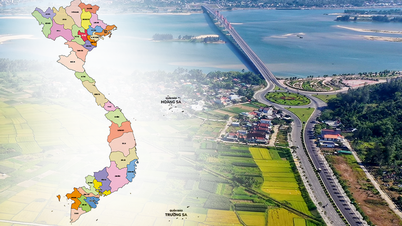












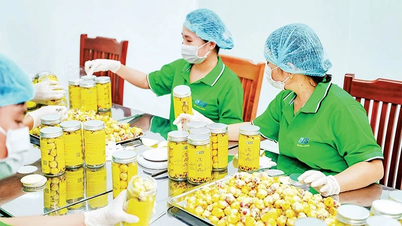





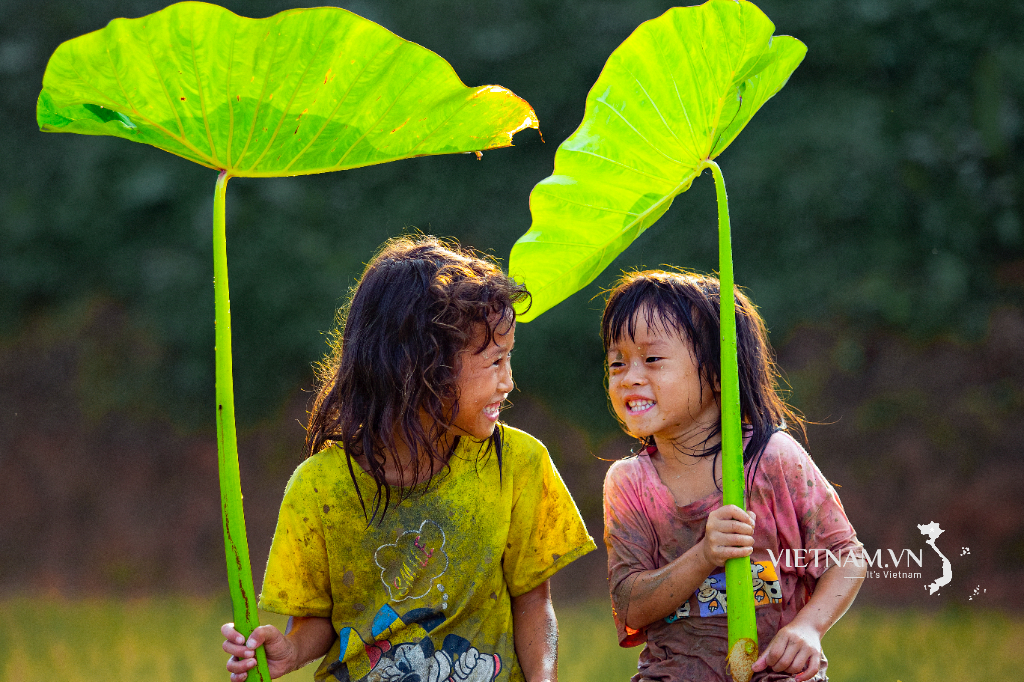



Comment (0)